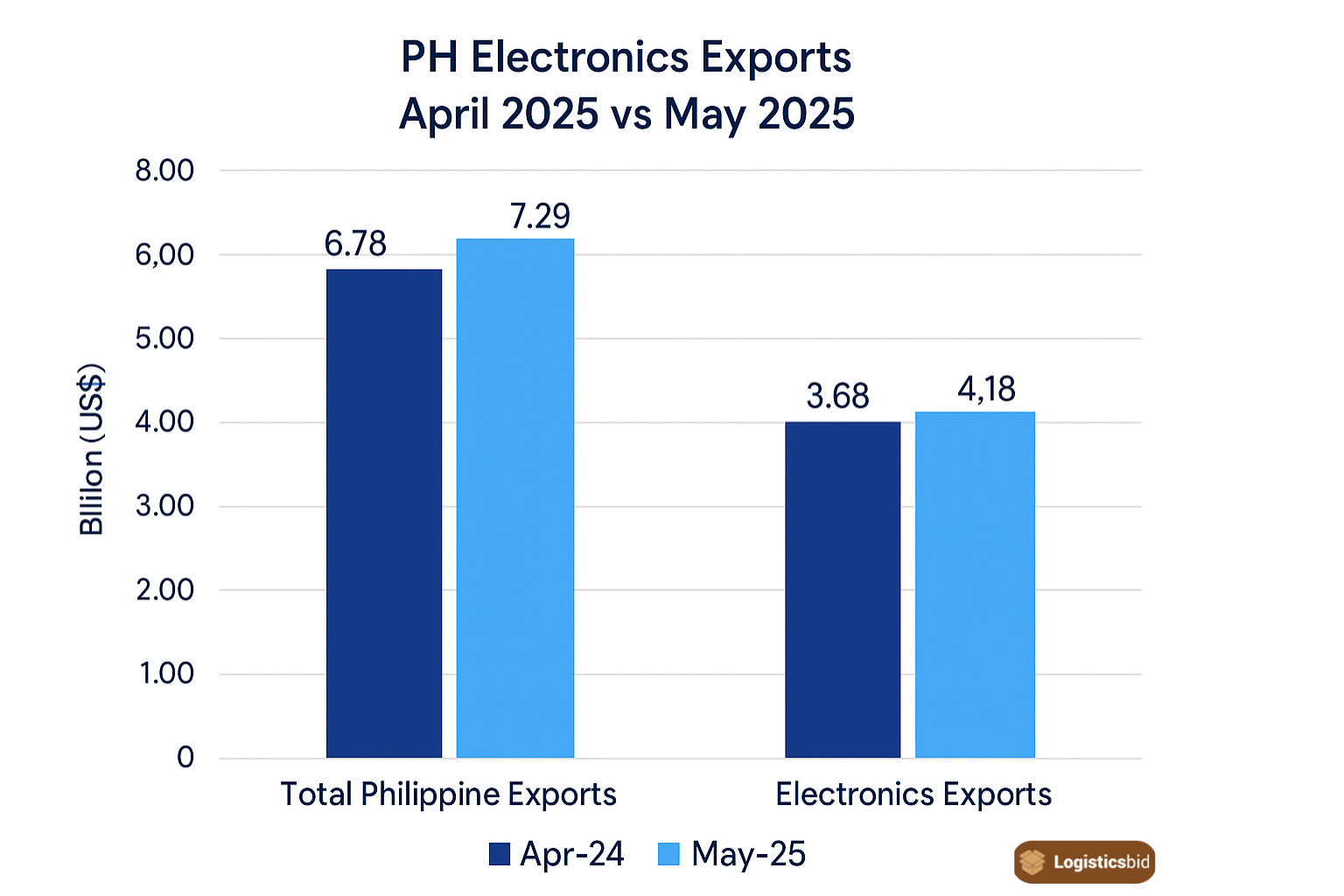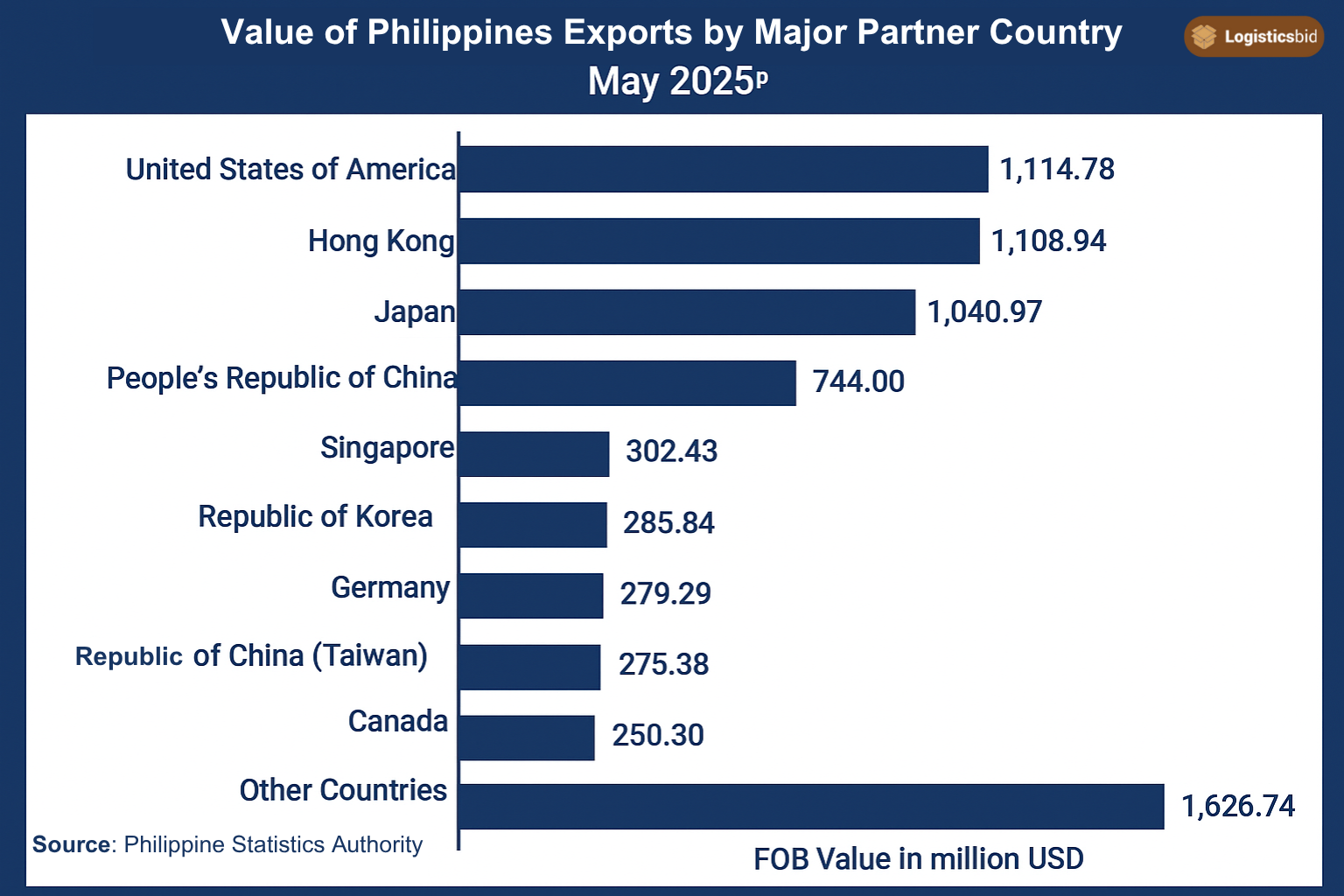
The recent decision by the Trump administration to impose a 20% tariff on Philippine exports to the United States marks a significant turning point in trade dynamics. This export tariff adjustment, effective August 1, 2025, follows a pattern of increasing duties aimed at correcting what President Trump describes as “far from reciprocal” trade relationships. Such tariffs disrupt not only trade agreements but also the broader supply chain, posing challenges for businesses reliant on the U.S. market.
What is the Impact of the 20% Tariff on Philippine Exports?
The newly introduced tariff affects a wide range of Philippine exports, including electronics, textiles, and agricultural products. These sectors are critical to the Philippine economy, accounting for a significant percentage of the country’s GDP and employment.
 |
Economic Consequences
The 20% export tariff could severely diminish the competitiveness of Filipino goods in the American market. The Philippine Statistics Authority indicates that exports to the U.S. previously enjoyed strong growth, with the country’s total exports reaching $10.5 billion in 2024. However, this export tariff increase threatens to reduce demand for Philippine goods, thereby reducing revenue for local businesses that heavily depend on US imports.
 |
- Electronics: Approximately 70% of the Philippines’ exports to the U.S. are electronics, including semiconductors and components. With the new tariff, the price hike could lead to U.S. companies seeking alternative suppliers in other countries, thereby diminishing the market share of Philippine manufacturers.
- Agricultural Products: The agriculture sector is another area poised for impact. Products such as bananas and pineapples, which are essential to Philippine exports, could face declining sales as American consumers adjust to higher prices resulting from tariffs.
Supply Chain Disruptions
Export Tariffs disrupt not just sales but supply chains. Companies often operate on tight margins and depend on a streamlined supply chain for efficiency. The introduction of significant tariffs adds complexity and expense to logistics, further burdening businesses. This could lead to:
- Increased Costs: Companies may need to absorb the increased costs or find ways to mitigate them, such as sourcing materials from different suppliers or countries that are not subject to the same tariffs, which could potentially increase operational costs.
- Delays in Production: Adjusting supply chains takes time. Manufacturers may struggle to adapt quickly, resulting in production delays and potential stock shortages for in-demand goods.
How Are Businesses Responding to Tariff Changes?
In response to these new tariffs, many Philippine companies are exploring various alternatives to mitigate the financial impact. Adaptive strategies include diversifying markets, relocating production, and enhancing domestic capabilities.
 |
Market Diversification
Businesses are seeking to diversify their export markets beyond the U.S. to mitigate the financial impact of tariffs. Regions such as Southeast Asia, where trade relationships may be less turbulent, are gaining attention.loring Europe and emerging markets can distribute risk and negate losses due to U.S.-specific tariff
Restructuring Supply Chains
To maintain profitability, companies are considering restructuring their supply chains. By investing in local production capabilities and raw material sourcing, they aim to reduce their dependency on U.S. markets and counterbalance the impacts of tariffs.
Innovations and Efficiency
In order to remain competitive, firms are also innovating to improve productivity. Implementing advanced manufacturing techniques or adopting technology to streamline operations can help lower costs and offset rising prices.
Exploring Solutions and Alternatives: What Can Be Done?
In light of these challenges, what steps can stakeholders in the Philippines take to navigate the new economic landscape created by tariffs?
Strengthening Trade Relations
Creating or enhancing trade relations with other nations will be essential in offsetting losses from U.S. exports. This could involve:
- Pivoting to New Markets: Establishing relationships with countries in the Asia-Pacific region or exploring Europe and emerging markets can distribute risk and negate losses due to U.S.-specific tariffs.
- Trade Agreements: Diplomatic efforts to negotiate bilateral or regional trade agreements may mitigate the impact of U.S. tariffs and provide Philippine exporters with a competitive advantage elsewhere.
The 20% tariff poses challenges to the Philippine export sector, reflecting broader tensions in international trade under the Trump administration. While the immediate effects may lead to reduced competitiveness and supply chain disruptions, adaptability and innovation can pave the way for long-term resilience.
Final Thoughts
Adaptability Is Key
Adapting to changing trade dynamics will be crucial for businesses facing new tariff realities.
Collective Action Matters
The importance of collective action in addressing tariffs and trade relations cannot be understated; it offers a unified voice for the Philippine trading community.
As the situation continues to evolve, proactive measures will empower the Philippine export sector to thrive, even in the face of adversity stemming from international trade tensions.
SEE ALSO:
